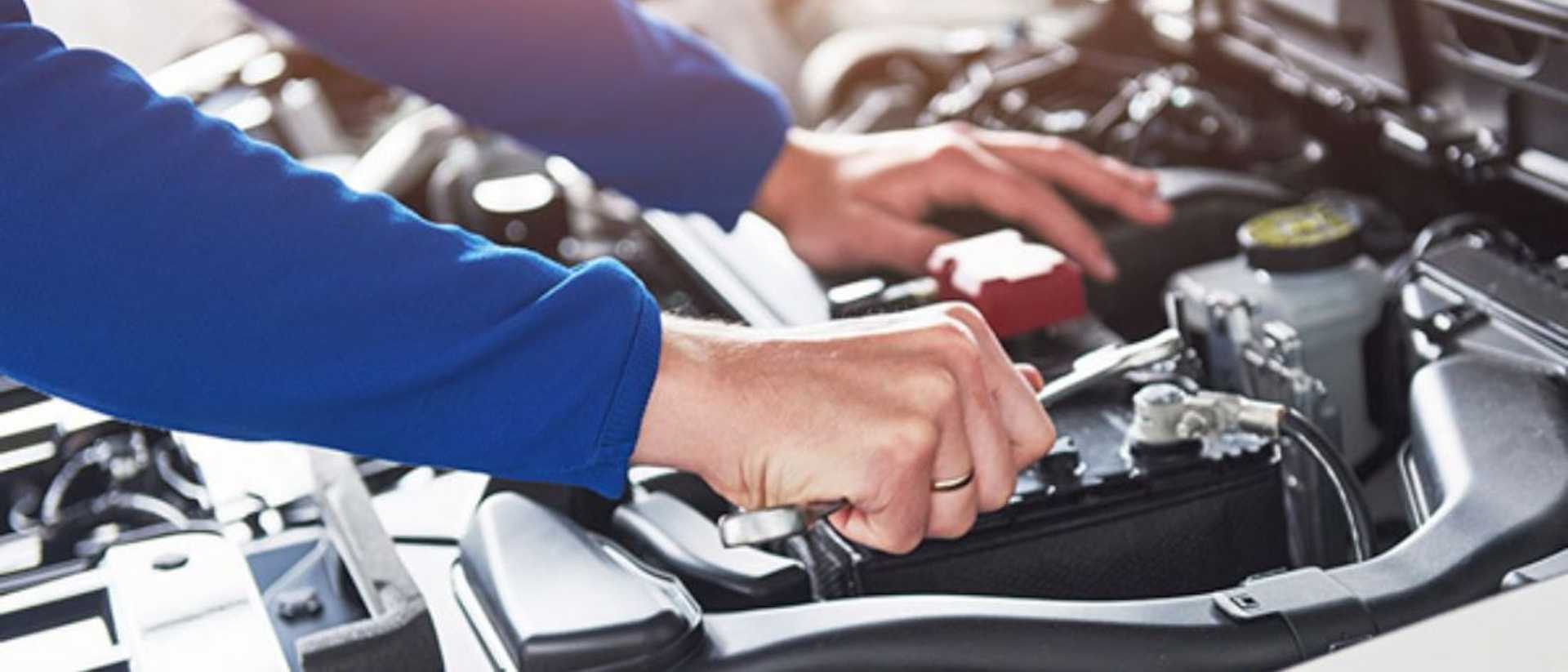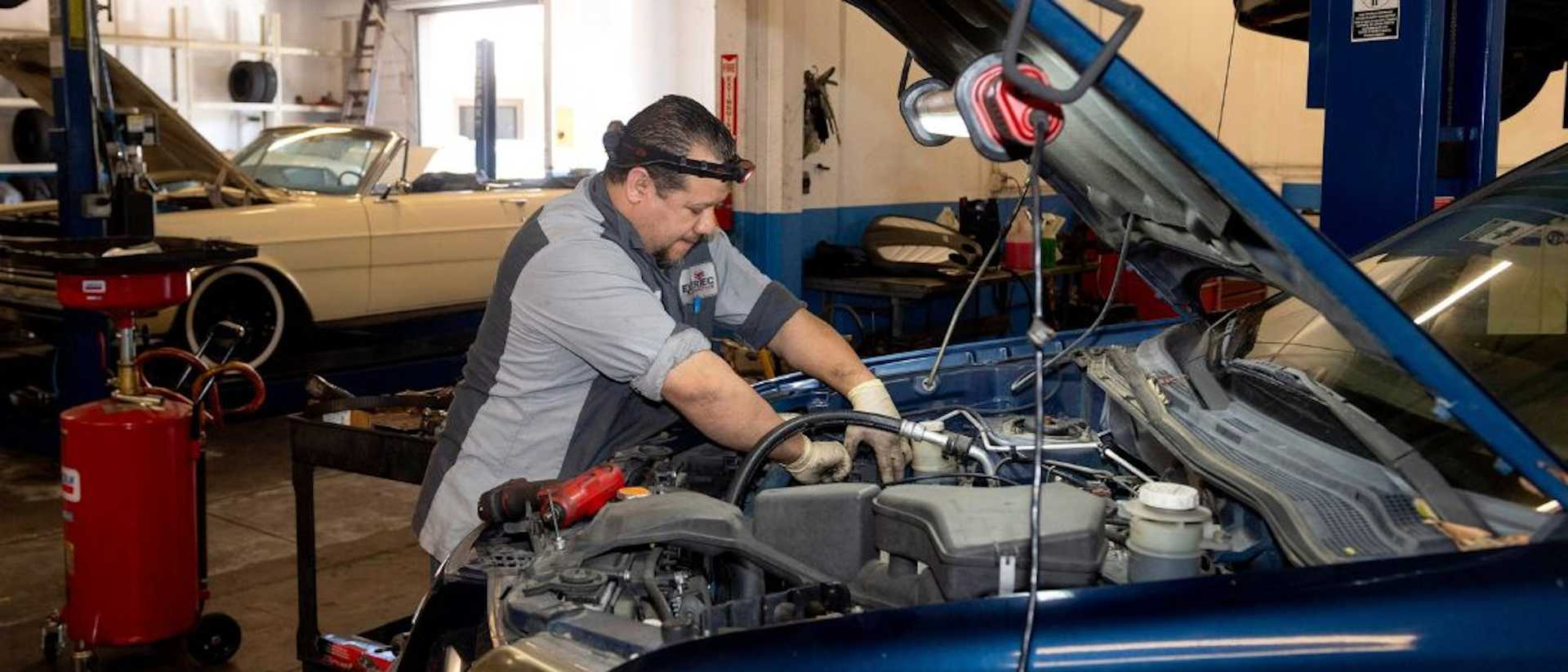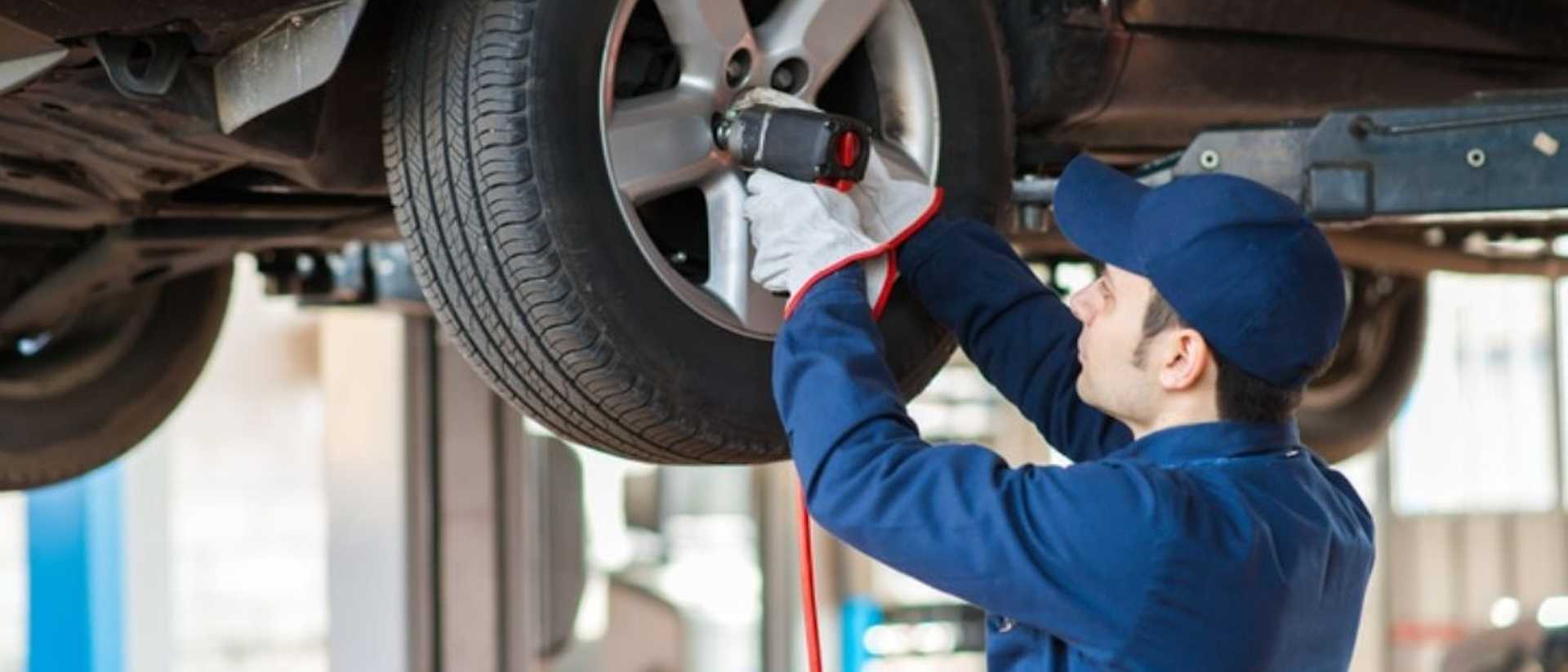10 Easy Ways to Save on Your Electric Bill
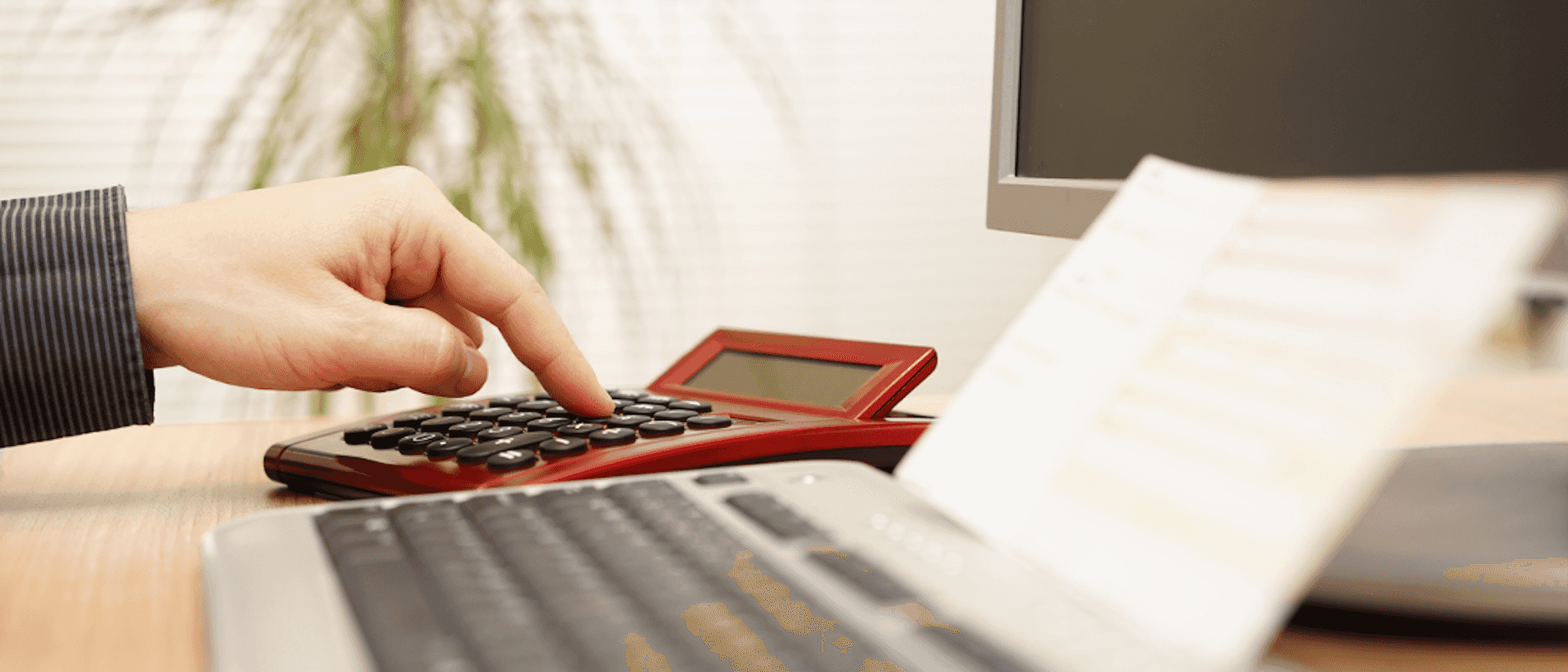
Introduction
Australia is known for its high cost of electricity, which can be a significant burden on households and businesses alike. According to recent reports, Australians are paying some of the highest electricity prices in the world, - the average quarterly electricity bill in Australia is $411.80 - and these prices are only expected to increase in the coming years.
Fortunately, there are many easy and practical ways to save on your electric bill without sacrificing comfort or convenience. This blog will explore ten simple and effective strategies for reducing energy consumption and saving money on your electric bill. These tips range from upgrading to energy-efficient appliances to adjusting your thermostat and reducing hot water usage. By implementing these strategies, you can reduce your carbon footprint and enjoy significant savings on your electric bill.
Upgrade to energy-efficient appliances
Upgrading to energy-efficient appliances is one of the most effective ways to reduce energy consumption and save money on your electric bill. Energy-efficient appliances are designed to use less electricity than their traditional counterparts, which can result in significant savings over time.
The benefits of using energy-efficient appliances are numerous. First and foremost, they can save you money on your electric bill by using less energy to operate. Additionally, they can help reduce your carbon footprint by reducing the electricity needed to power your home or business.
Energy-efficient appliances
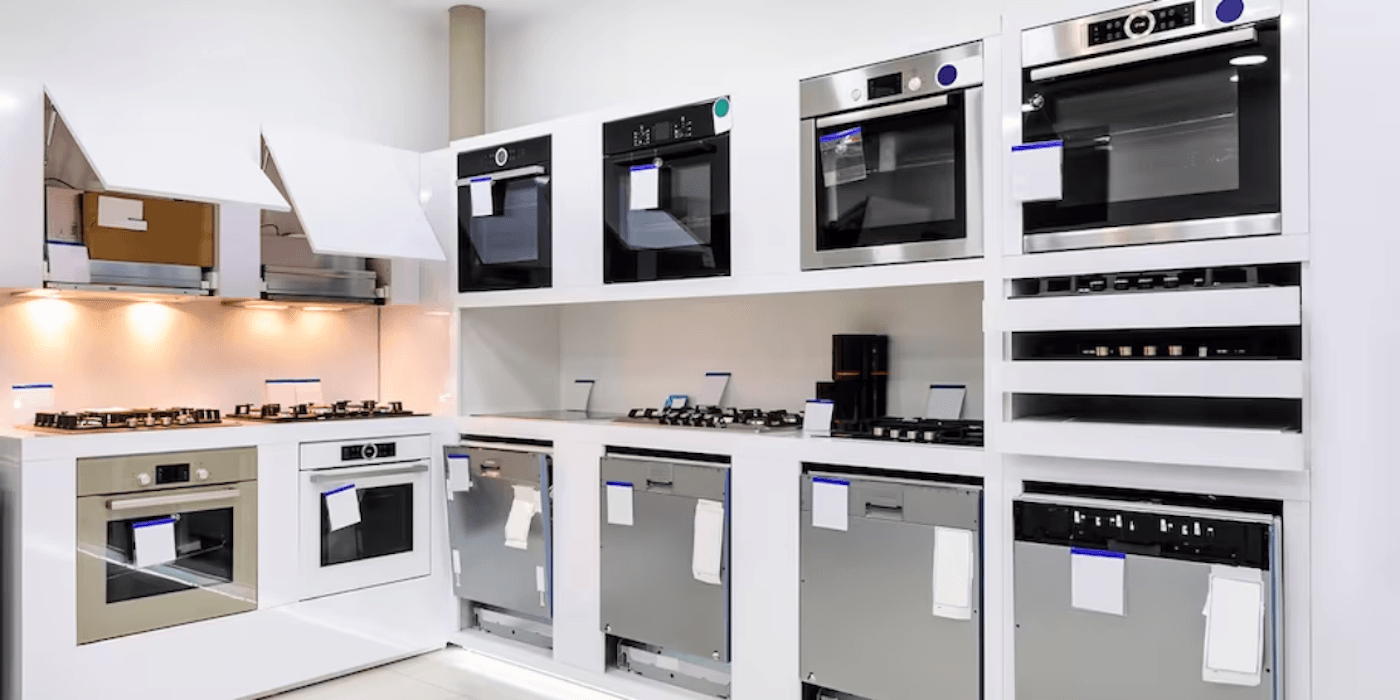
There are many different types of energy-efficient appliances available on the market today. Some examples include LED light bulbs, smart thermostats, and energy-efficient refrigerators. LED light bulbs use significantly less energy than traditional incandescent bulbs and last much longer, making them a cost-effective and environmentally-friendly choice. Smart thermostats are designed to learn your daily routine and adjust your home's temperature accordingly. This can help reduce energy waste and save you money on your heating and cooling bills. Energy-efficient refrigerators use less energy than traditional models and are designed to keep your food fresh for extended periods.
Tips for choosing energy-efficient appliances
When choosing energy-efficient appliances, there are a few things to remember. Look for appliances certified by reputable organisations, such as ENERGY STAR, which ensures that the appliance meets strict energy efficiency guidelines. You should also consider the size and capacity of the appliance, as larger appliances may use more energy than smaller ones. Additionally, you should consider the total cost of ownership, including the upfront cost of the appliance and its energy efficiency over time.
Upgrading to energy-efficient appliances can save money on your electric bill while reducing your carbon footprint. With so many options available, it's easy to find appliances that fit your needs and budget while still providing the energy efficiency benefits you seek.
Switch to renewable energy
.png)
Switching to renewable energy is a great way to reduce your carbon footprint and save money on your electric bill. In Australia, several renewable energy sources are available, including solar, wind, and hydro.
Solar energy is one of the most popular renewable energy sources in Australia. It involves installing solar panels on your roof or property to capture sunlight and convert it into electricity. Wind energy consists of using wind turbines to generate electricity, while hydro energy harnesses the power of flowing water to generate electricity.
Benefits of using renewable energy
There are many benefits to using renewable energy. First and foremost, it can save you money on your electric bill. Renewable energy sources are often cheaper and more cost-effective in the long run than traditional energy sources. Additionally, using renewable energy can help reduce your carbon footprint by reducing your reliance on fossil fuels, a significant source of greenhouse gas emissions.
Tips for transitioning to renewable energy
If you're interested in transitioning to renewable energy, there are several steps you can take. One option is to install solar panels on your roof or property. This can be a significant investment upfront but can pay off in the long run through cost savings on your electric bill. Another option is to sign up for a green energy plan from your utility company. These plans allow you to purchase renewable energy credits, which help to support the development of renewable energy sources.
.png)
When transitioning to renewable energy, it's important to research and find a solution that works for your needs and budget. You should also consider working with a reputable contractor or company to ensure your renewable energy system is installed correctly and safely.
Adjust your thermostat
Heating and cooling your home can be a significant energy consumption and expense on your electric bill. Fortunately, there are simple steps you can take to reduce your energy usage and save money. One of the easiest ways to do this is by adjusting your thermostat.
Tips for adjusting your thermostat to save energy
In Australia, the average household spends a significant portion of their energy budget on heating and cooling. Adjusting your thermostat can reduce your energy consumption and save you money. In winter, try setting your thermostat to a lower temperature, such as 18-20°C, and wear warmer clothing to stay comfortable. In summer, set your thermostat to a higher temperature, such as 25-27°C, and use fans or air conditioning sparingly. Every degree of temperature difference can significantly impact your energy consumption and your electric bill.
Smart thermostat to automate temperature adjustments
.png)
One option for automating your thermostat adjustments is to use a smart thermostat. Smart thermostats allow you to program temperature adjustments based on your schedule and preferences, so your home is always at the perfect temperature when you're there and uses less energy when you're away. Some smart thermostats even learn your routines and adjust the temperature automatically, helping to reduce energy waste and save you money.
Another tip for reducing energy consumption is to use natural heating and cooling. In winter, open curtains and blinds during the day to let the sun warm your home, and close them at night to retain heat. Use summer curtains, blinds, or shades to block direct sunlight and keep your home cool.
Reduce standby power consumption
Standby power, also known as vampire power or phantom load, refers to the electronic energy devices that continue to consume even when they're not in use but are still plugged in. This can be a significant energy waste and expense source on your electric bill, as some devices can consume up to 10% of their total energy usage in standby mode.
Tips for reducing standby power consumption
.png)
Fortunately, you can take several easy steps to reduce standby power consumption and save money on your electric bill. One of the simplest ways is to unplug electronic devices when they're not in use. This includes phone chargers, laptops, TVs, and gaming consoles. You can also use power strips with an on/off switch to turn off multiple devices simultaneously, which can be especially useful for home entertainment systems or computer setups.
Another option for reducing standby power consumption is to invest in energy-efficient electronics. Look for devices that have earned the ENERGY STAR certification, as these products have been tested and proven to use less energy than standard models. Additionally, consider upgrading to newer electronics designed to use less power in standby mode or have an automatic power-off feature.
It's also important to be mindful of your electricity usage habits. For example, avoid leaving devices like your computer or TV on overnight, and turn off the lights when you leave a room. These small actions can add significant savings to your electric bill over time.
Use natural light and ventilation
Maximising natural light and ventilation in your home is good for your health and can help you save money on your electricity bill. Natural light and ventilation can provide numerous benefits, including improved indoor air quality and reduced energy consumption.
Tips for maximising natural light and ventilation
.png)
One of the simplest ways to maximise natural light is by using light-coloured curtains or blinds that allow sunlight to filter through. This can reduce your reliance on artificial lighting and energy consumption during the day. Consider arranging your furniture to maximise natural light, such as placing a desk near a window.
Ventilation is crucial for maintaining good indoor air quality and reducing energy consumption. In Australia, air conditioning can account for a significant portion of a household's energy consumption. By opening windows and doors, you can improve airflow and reduce your reliance on air conditioning, especially during the cooler months.
To maximize natural ventilation, consider opening windows on opposite sides of your home to create a cross-breeze. You can install window or ceiling fans to improve air circulation and reduce energy consumption. It's important to note that natural ventilation may not be suitable for homes with poor air quality, so check the air quality index before opening your windows.
Seal air leaks
Air leaks can be a significant source of energy waste and discomfort in your home. When air leaks in or out of your home, it can cause your heating and cooling system to work harder to maintain a comfortable indoor temperature, which can result in higher energy bills. Air leaks can also cause drafts, making your home feel colder in winter and hotter in summer.
How to seal air leaks
.png)
One of the most effective ways to seal air leaks is by using weatherstripping and caulking around doors and windows. Weatherstripping is a material that is applied to the perimeter of doors and windows to create a seal that prevents air from leaking in or out. Caulking is a material that is used to fill gaps and cracks around windows, doors, and other areas where air can leak in.
Inspect your home for any gaps or cracks around doors and windows to seal air leaks. You can use a candle or incense stick to detect air leaks by holding it near the suspected area and watching for any movement in the flame or smoke. Once you've identified the areas that need to be sealed, you can use weatherstripping and caulking to fill in the gaps.
Other areas where air leaks can occur include electrical outlets, switch plates, and plumbing fixtures. You can use foam gaskets or draft stoppers to seal these areas and prevent air leaks. Additionally, consider investing in insulated curtains or window films to improve your home's energy efficiency and comfort.
Use energy-efficient lighting
Using energy-efficient lighting is a simple and effective way to reduce electricity consumption and save money on your electric bill. Traditional incandescent light bulbs could be more efficient, using a lot of energy to produce light and generating a lot of heat. Fortunately, many energy-efficient lighting options are now available that are much more efficient and longer-lasting.
LED bulbs and motion sensors
.png)
LED bulbs are one of the most popular and energy-efficient lighting options available. LED bulbs use up to 80% less energy than traditional incandescent bulbs and can last up to 25 times longer. While LED bulbs are more expensive than traditional bulbs, the energy savings and longer lifespan make up for the higher upfront cost.
Another way to save energy with lighting is to use motion sensors or timers. Motion sensors can be installed in areas like hallways, garages, and outdoor lighting to automatically turn lights on and off based on movement. This is a great way to ensure that lights are only on when needed, saving much energy over time.
When choosing energy-efficient lighting, look for bulbs with the ENERGY STAR label. This label indicates that the bulb meets certain energy efficiency standards and will use less energy than a traditional bulb. You can also choose bulbs with lower wattage or lumens to reduce energy consumption.
.png)
Reduce hot water usage
Hot water usage can contribute to high electricity bills, as it requires a lot of energy to heat water. Fortunately, many ways exist to reduce hot water usage and save money on your electric bill.
- Take shorter showers: Showers are one of the biggest hot water consumers in most homes, so reducing the time you spend in the shower can make a big difference. Try setting a timer or using a low-flow showerhead to help limit your water usage.
- Wash clothes in cold water instead of hot water: Many modern washing machines have a cold water setting that is just as effective at cleaning clothes as hot water. You can save energy and reduce your electricity consumption by washing clothes in cold water.
- Fix leaky faucets and pipes: Even a small drip can add up over time, wasting both water and energy. You can save water, energy, and money on your electric bill by fixing leaks as soon as you notice them.
- Upgrade to a more energy-efficient hot water system: Modern hot water systems are much more efficient than older models and can save a significant amount of energy over time. Tankless hot water systems are also a great option, as they only heat water as needed, saving energy.
Monitor your energy usage
Monitoring your energy usage is a great way to identify areas where you can save money on your electric bill. By tracking how much energy you use and when you use it, you can pinpoint areas where you can cut back and reduce your electricity consumption.
Use a smart metre
One way to monitor your energy usage is to use a smart metre. Many electricity providers now offer their customers smart meters, providing real-time information about your energy usage. With a smart meter, you can see how much energy you use at any given time and how much it costs.
Energy monitoring app
.png)
Another option is to use an energy monitoring app. There are many apps available that allow you to track your energy usage on your smartphone or tablet. These apps can give you a detailed breakdown of your energy consumption and provide tips and suggestions for reducing electricity usage.
Once you have started monitoring your energy usage, you can use the information to make changes and reduce your electricity consumption. For example, if your energy usage is particularly high during peak hours, consider adjusting your usage patterns to avoid using energy during those times. Or, if you notice that a particular appliance is using a lot of energy, consider replacing it with a more energy-efficient model.
Conclusion
There are many simple and effective ways to save on your electric bill in Australia. By implementing the tips and strategies outlined in this article, you can reduce your energy consumption, lower your electricity bills, and help protect the environment by reducing your carbon footprint.
Solar energy is an excellent option if you're considering switching to renewable energy sources to save on your electric bill. That's where solar finance options with Driva come in. Driva offers personal loans specifically designed for solar panel installations. With Driva, you can access flexible financing options to help you cover the cost of installing solar panels with repayment terms that work for you.

